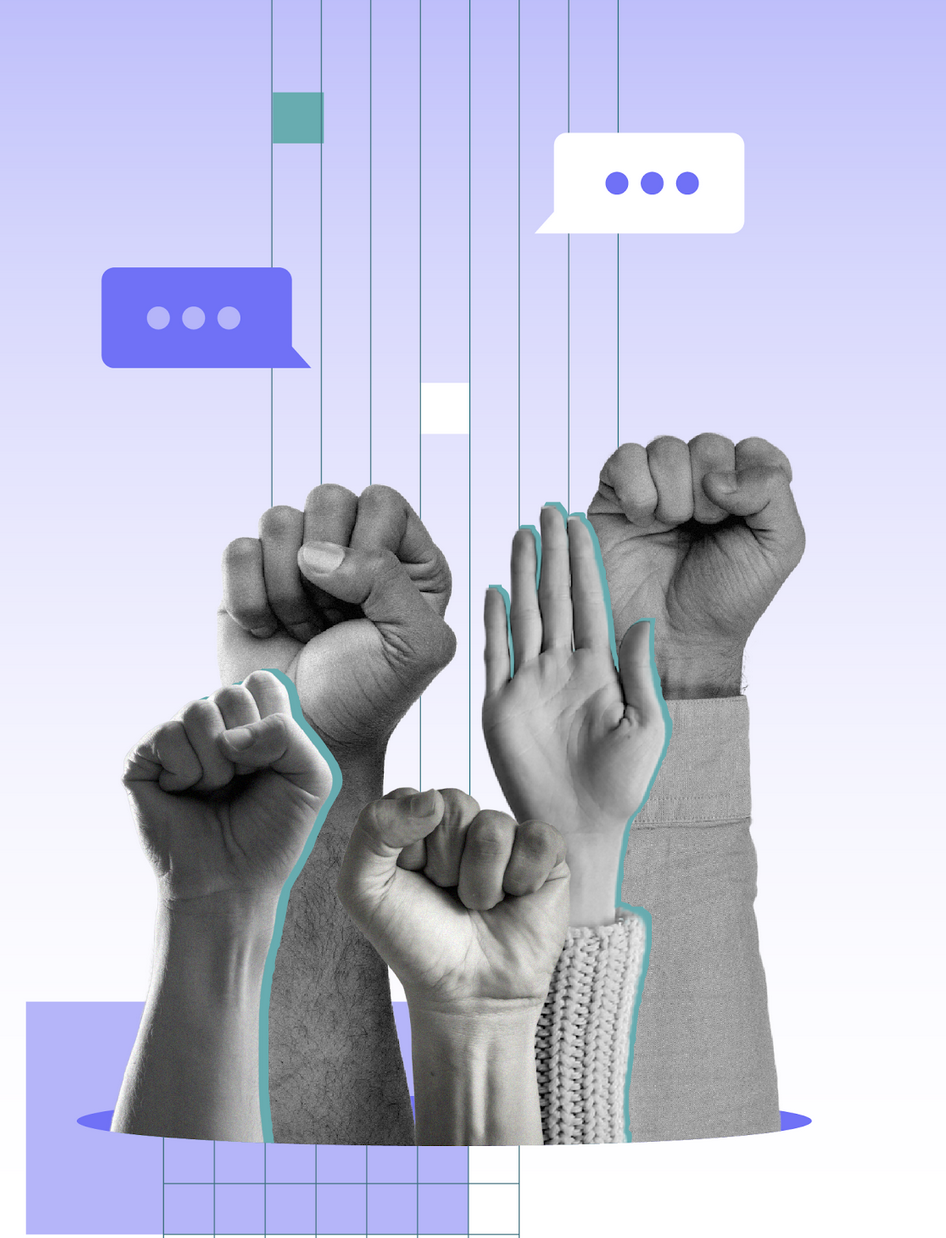The great and the good of the international anti-corruption community are in Atlanta this week (or at least those who could get visas!) They are joining the Conference of the States Parties (CoSP) to the United Nations Convention against Corruption (UNCAC) where there is heightened emphasis on the collective effort to combat corruption. Government delegations are debating resolutions designed to strengthen the UNCAC with representatives from anti-corruption communities worldwide bringing their energy and ideas. However, beneath this enthusiasm lies a harsh reality: funding for this critical work is minimal and in decline. Even though publics around the world from Malawi to Peru demand action on corruption and despite some remarkable wins in recent years, donor funding for anti-corruption is surprisingly low.
TAI has been mapping international funding trends for our member's priority areas related to good governance, using databases provided by the Organization for Economic Cooperation and Development (OECD) and Candid’s Foundation Directory. On this occasion, we present a detailed analysis of the allocation of philanthropic funds under the code "Public Integrity" from the latter and Official Development Assistance (ODA) flows, which include government and multilateral funding, to the OECD's sector "Anti-corruption Organizations and Institutions."
Key Findings:
Despite its critical importance, anti-corruption funding represents a minuscule share of total funding. Between 2018 - 2021/2022 (there is no detailed OECD data yet available for 2022), it represents, on average, a mere 0.09% of philanthropic funding and 0.12% of ODA flows.
What is more - funding is on a declining trend. As the graphic shows, both philanthropy and ODA flows to the anti-corruption field have been steadily falling over the past 5 years. Global philanthropic funding fell from USD 199 million in 2018 to USD 41 million in 2022.
What does the funding picture look like specific to aid recipient countries? We again see a declining trend. Looking at philanthropic funding, USD 44 million of support in 2019 has dropped to 25 million by 2021. Government ODA flows fell froml USD 259 million to USD 219 million in the same period.
As this chart shows, ODA flows dominate the funding landscape in developing countries, representing 89% of the total funding. In contrast, philanthropy contributes a mere 11%. This highlights a heavy reliance on governmental and multilateral aid in developing countries to counter corruption.
Who are the biggest players in anti-corruption funding?
The most supportive governments in the fight against corruption in those years have been the United Kingdom, the United States, Germany, Sweden and Norway (in that order).
On the philanthropic side, 4 of the top 5 grantmakers in this field worldwide and in developing countries in the last 5 years are TAI members: Open Society Foundations, MacArthur Foundation, Hewlett Foundation and Ford Foundation. The fifth ranked for worldwide funding is the National Endowment for Democracy. For funding in developing countries only, the fifth ranked is the Fund for Global Human Rights (a regranting organization). The pool of significant funders is small.
However, it should be noted that the majority of United States’ philanthropic grantmaking is domestically oriented. Half of the total philanthropic funding of Candid´s "Public Integrity" code, is allocated to programming targeted to the United States, only 26% in developing countries. This disparity raises questions about the distribution of philanthropic resources and the global commitment to addressing corruption on a broader scale.
Investigative Journalism Funding Dynamics
Recognizing that the "Public Integrity" code alone may not fully capture the anti-corruption field, we also analyzed philanthropic funding for "Investigative Journalism". Surprisingly, despite its visibility and the flow of anti-corruption exposes from the Panama Papers to Cyprus Confidential, the funding levels are far from game-changing and represent only 0.09% of total philanthropic flows. The amount of funds is similar to that of “Public Integrity” but follows a different trend: it grows between 2019 and 2021, but drops in 2022.
We will launch soon a comprehensive scoping of funds allocated to support international efforts towards a Healthy Information Ecosystem. Stay tuned.
However, in developing countries the trend is the opposite, decreasing between 2019 and 2021 and growing again in 2022. However, given that 81% of philanthropic funding for investigative journalism goes to the United States, the trend in developing countries (only 6% of funding) does not change the overall trend.
Time to prioritize anti-corruption investments
As the UNCAC deliberations play out, it is imperative to confront the critical reality of declining funding for anti-corruption initiatives. The global community must address the challenge of ensuring that financial support matches the urgency and magnitude of the task. Tackling corruption is not just a moral imperative but a crucial element in fostering sustainable development. We hope that this analysis serves as a call to action, prompting increased collaboration and commitment to securing the necessary resources for the fight against corruption on a global scale.
